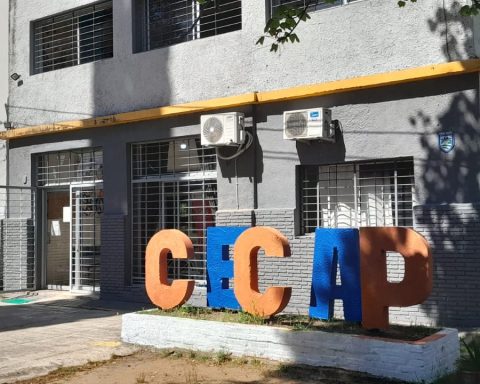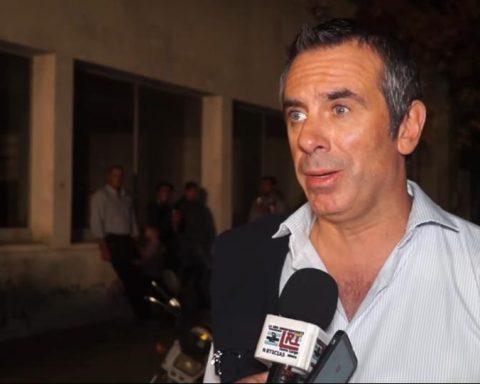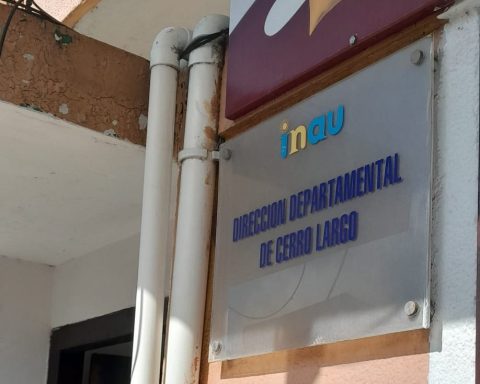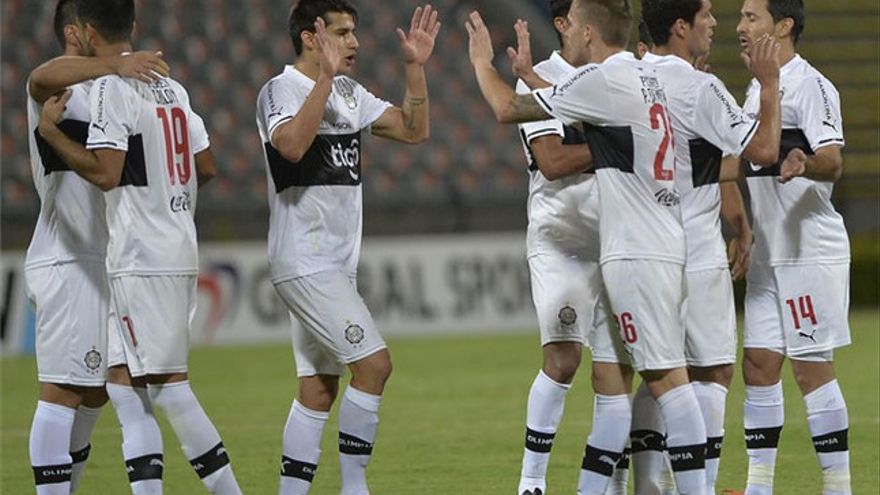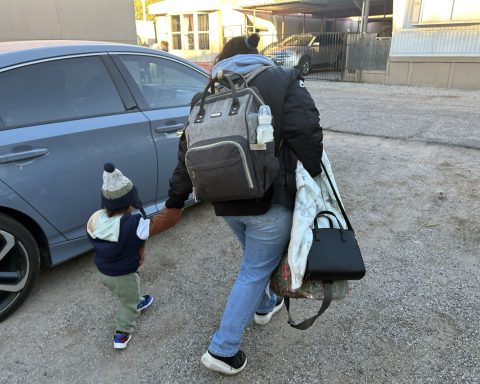Were the first big bet of the education authorities; the spearhead of a reform that hopes to change the teaching situation in Uruguay once and for all.
The twelve María Espínola centers they constituted the pilot plan, in Secondary and UTU, of a curriculum organized in “sectors of subjects and projects” with a commitment to “interdisciplinarity”, as well as a greater “support” from new references within the educational community.
But nevertheless, With the first school year since the beginning of the plan, the chosen centers have not yet managed to complete some of the proposed reforms, be it for him little time or lack of educators for the new coordination positions that this system proposes.
In the first place, the pandemic delayed the implementation of a key aspect of the entire plan, such as the dining room, and reduced the possibility of a full eight-hour schedule for students, at least until the health situation relaxed, recently in the second semester.
Academic changes are not yet reflected, the schedules already agreed made coordination instances difficult, and all this left the centers until now as a new version of full-time and extended-time schools.
Camilo dos Santos
Robert Silva said the government wants these centers to have “effective teachers, trained management teams” and “three meals a day.”
“With dining room the gurises come”
The UTU N ° 2 of Flor de Maroñas It is located in a critical socio-economic context, and has two police officers at the main gate during class hours because there are problems between neighbors at the door, with weapons and requests from the authorities included. The center was inaugurated in 2019, and in December 2020 its authorities were notified by the Codicen that it would become one of the first Espínola Centers.
The institute director, Ariel Stefanoli, he told The Observer that they learned “little by little” about the necessary changes, and always with “the header booklet with the proposal”, which can be accessed on the ANEP website. Director He explained that it did not imply “academic changes”, but it did involve an extension to 8 hours, from 8 to 16, and the formation of educational workshops.
The pandemic affected the dining room, an essential element for an eight-hour education. It was only in August that they were able to give this service to their 211 students again, before that they took four-hour shifts, some courses in the morning and others in the afternoon. The director of the center explained that “with dining room the gurises come”, within a context with a “great variety of families”. “There are people who come to the support classes without having to, to eat,” said Stefanoli.
Student permanence
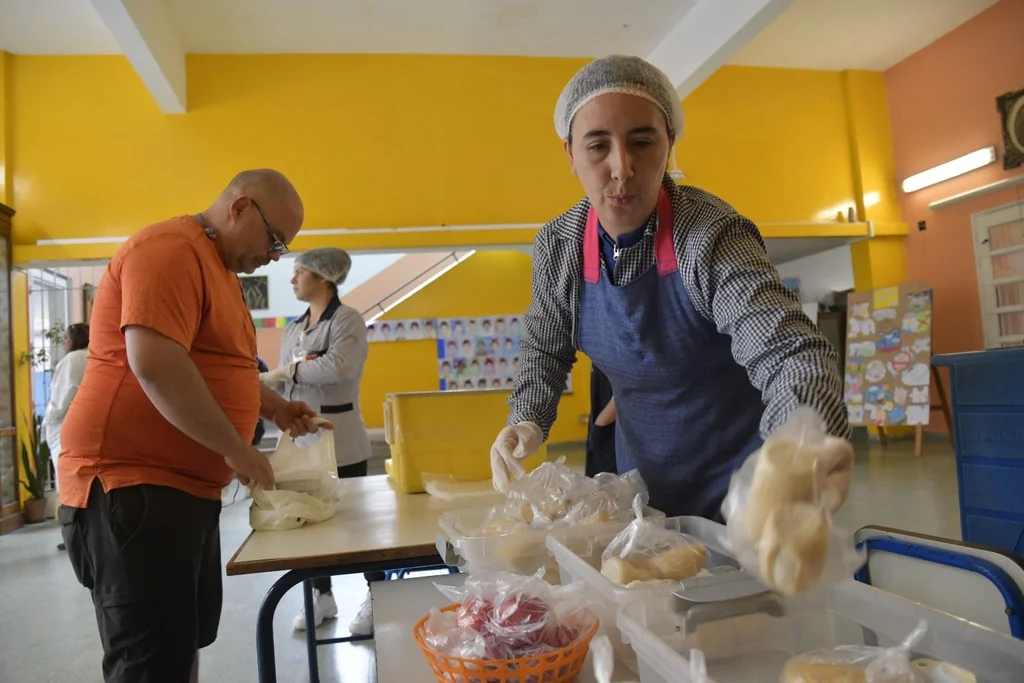
Diego battiste
In a pandemic, school canteens operated with food that was sent to students’ homes
The dining room is not, however, the only one pending in the pilot plan. María Carbonatti, director of the UTU of Barrio Lavalleja – another of the twelve centers – also recognizes that work with the community, one of the pillars of the Espínola plan, is a “must” in the institute, although she already works with some Salesian centers.
Opened in 2016, the building has two floors that do not have a scratch and also teaches Middle Basic education on a full schedule.
Today the UTU of Barrio Lavalleja has 300 students, although Carbonatti indicated that the number was higher before the pandemic. In the 2020 flag swearing in, Codicen informed them of the intention that they be a Espinola Center. The changes began to be implemented between May and June 2021, due to difficulties such as the organization of schedules and being able to articulate the curricular activity with the extracurricular one.
The The pandemic also made it difficult for students to stay in schools. In Maroñas we worked with the social organization Abrojo, which carried out the “Revuelta” project, which seeks to bring dropout students back to schools. “A few returned,” explained Stefanoli, who added that the work with these organizations and with the community in general allowed to learn more information about the families, to know “how to approach each case.”
Functioning
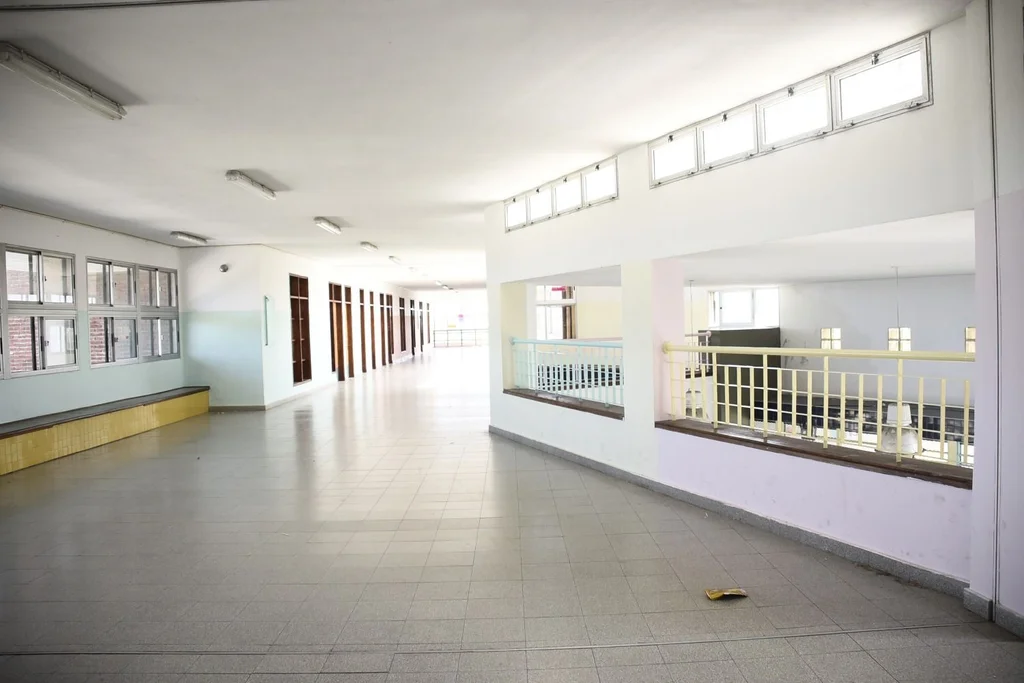
Camilo dos Santos
“The idea is to start with everything in 2022, we already have the defined schedules and the pairs are being assembled,” said the director of the UTU of Maroñas Stefanoli
The UTU of Maroñas should have called a new teaching coordinator, with a vacancy that was not filled by competition and had to be made through direct appointment by Stefanoli to a professor; an activities coordinator, and a professor of Technology and Communication. Among the coordinators, the director of the institute highlighted the person in charge of the activities, because with the realization of several events “it gave another impression” and a greater “adaptation time” to the students and their families after the pandemic.
The hiring ended in October, so only in 2022 will they be able to begin with a complete coordination of the plan of the new centers. “The idea is to start with everything in 2022, we already have the defined schedules and the pairs are being put together,” Stefanoli said. The pairs or trios of teachers are a new mechanism that brings together two educators by affinity between their subjects, sympathy, or a transversal plan with subjects that are not related in the papers. In addition to individual class hours, these groups teach a class with a theme that covers their subjects.
All the coordination of these aspects is carried out by Espínola commissions, formed by the management of the institutes, the coordinators and teachers, who seek to generate an improvement plan and a center project.
In the case of the UTU of Barrio Lavalleja, the center project was the dining room. Later, private projects are also generated: in Barrio Lavalleja an artistic project was carried out that consisted of painting different surfaces of the neighborhood; in Maroñas a recycling plan for food and waste from the dining room, and the center in general, was produced.
To help in the assembly of the whole process, ANEP implemented the figure of “facilitators”. “They accompany the process, help in the organization and work with teachers”, explained the director Carbonatti. There are two per center, and “they have surveys with indicators to measure the institutional climate.”Stefanoli explained.
This measurement allows know shortcomings from the center, like a failure that the director of the UTU de Maroñas recounted: “They asked us to improve communication between management and teachers, because we sent everything by mail. We went on to put a spreadsheet in the teachers’ room and there were people who did not read, so we are going to put a TV with notices at the entrance “.
The María Espínola centers aim at “a full day, a restructuring of the use of school time”, and that “all educational agents” work “together, focusing on the comprehensive development of students and the new opportunities offered by the context “As reported by the National Public Education Administration (ANEP) at the time of its launch, in December 2020. For Robert Silva, president of ANEP, these institutes are key to reducing educational inequities among students from high and low socioeconomic backgrounds , with “effective teachers, trained management teams, coordination between the different disciplines, coordination of sports activities, with technology teachers working with the Ceibal Plan and with three meals a day.”
